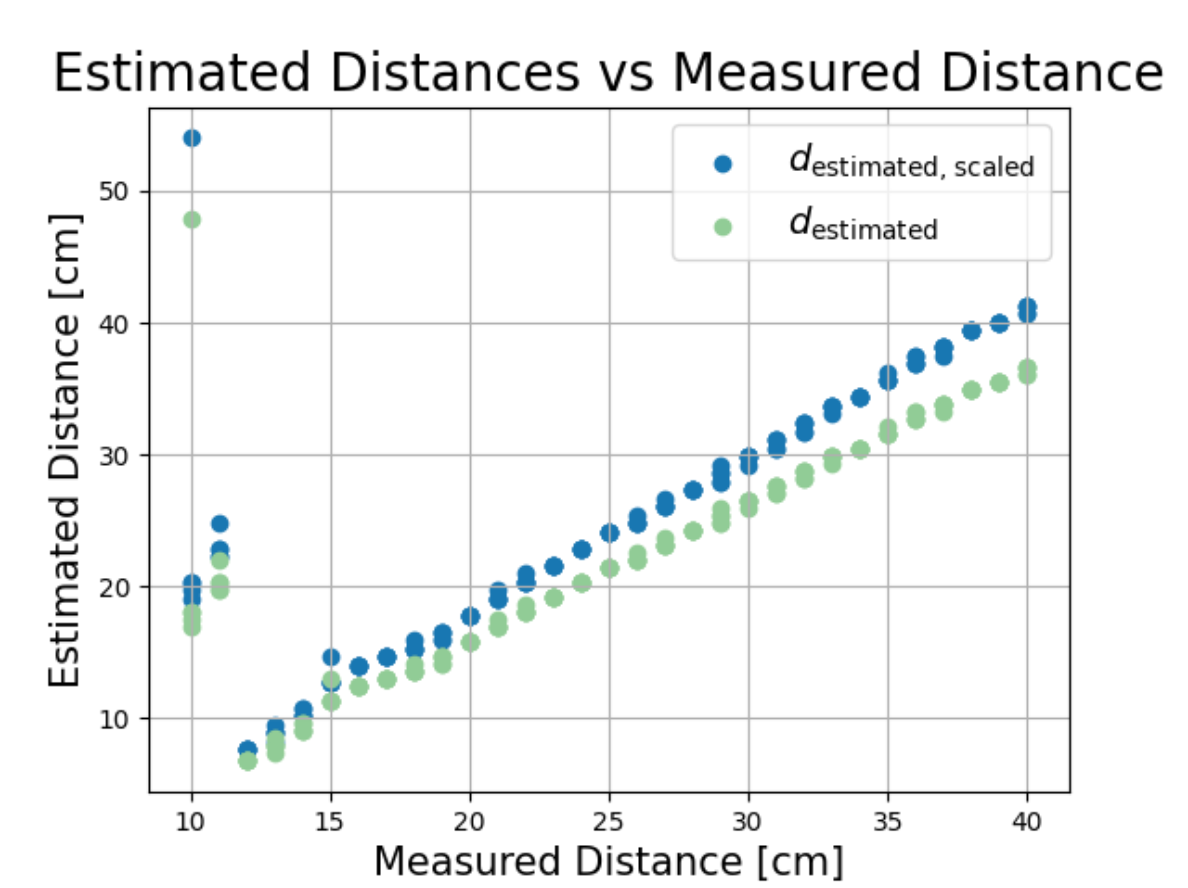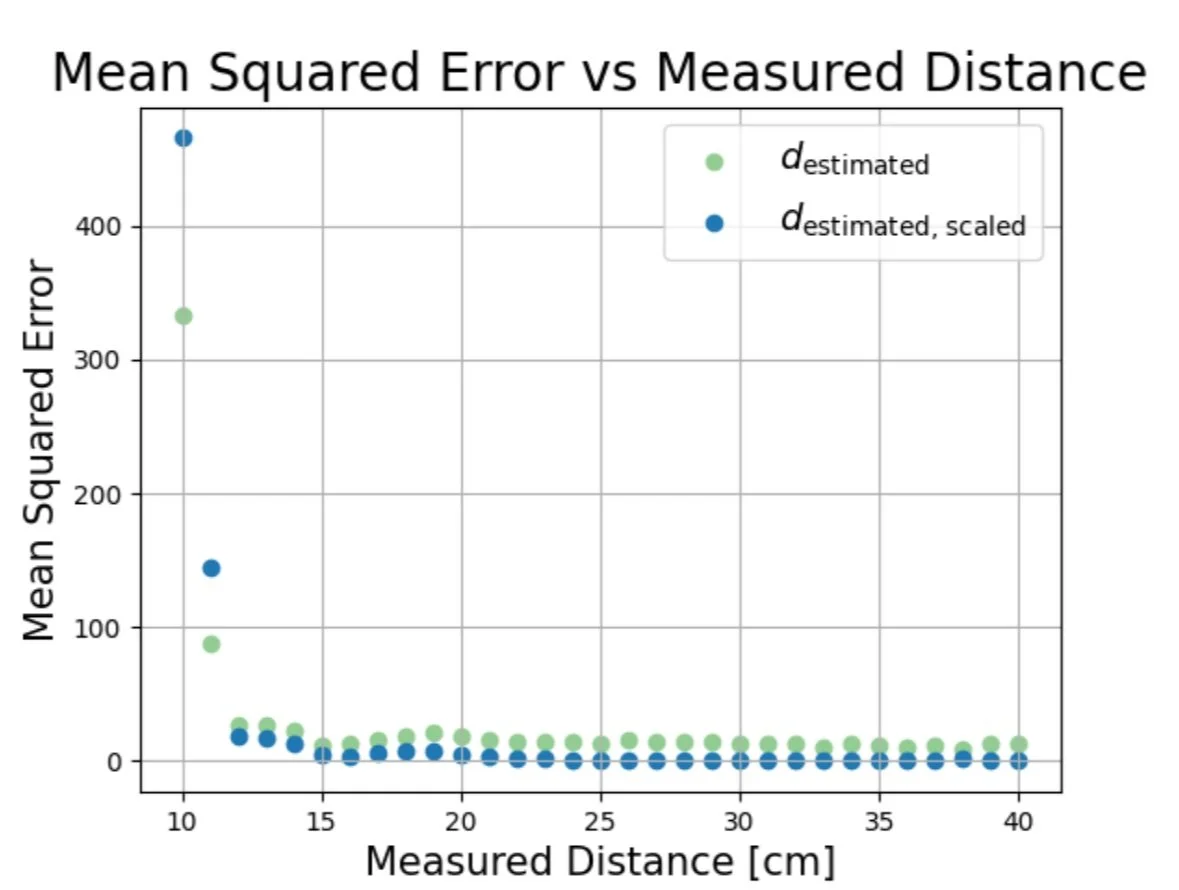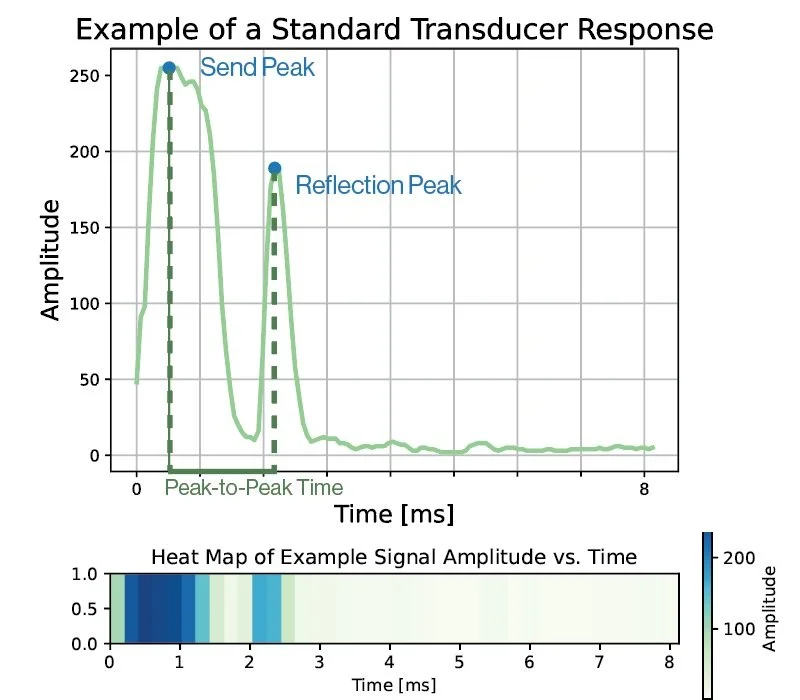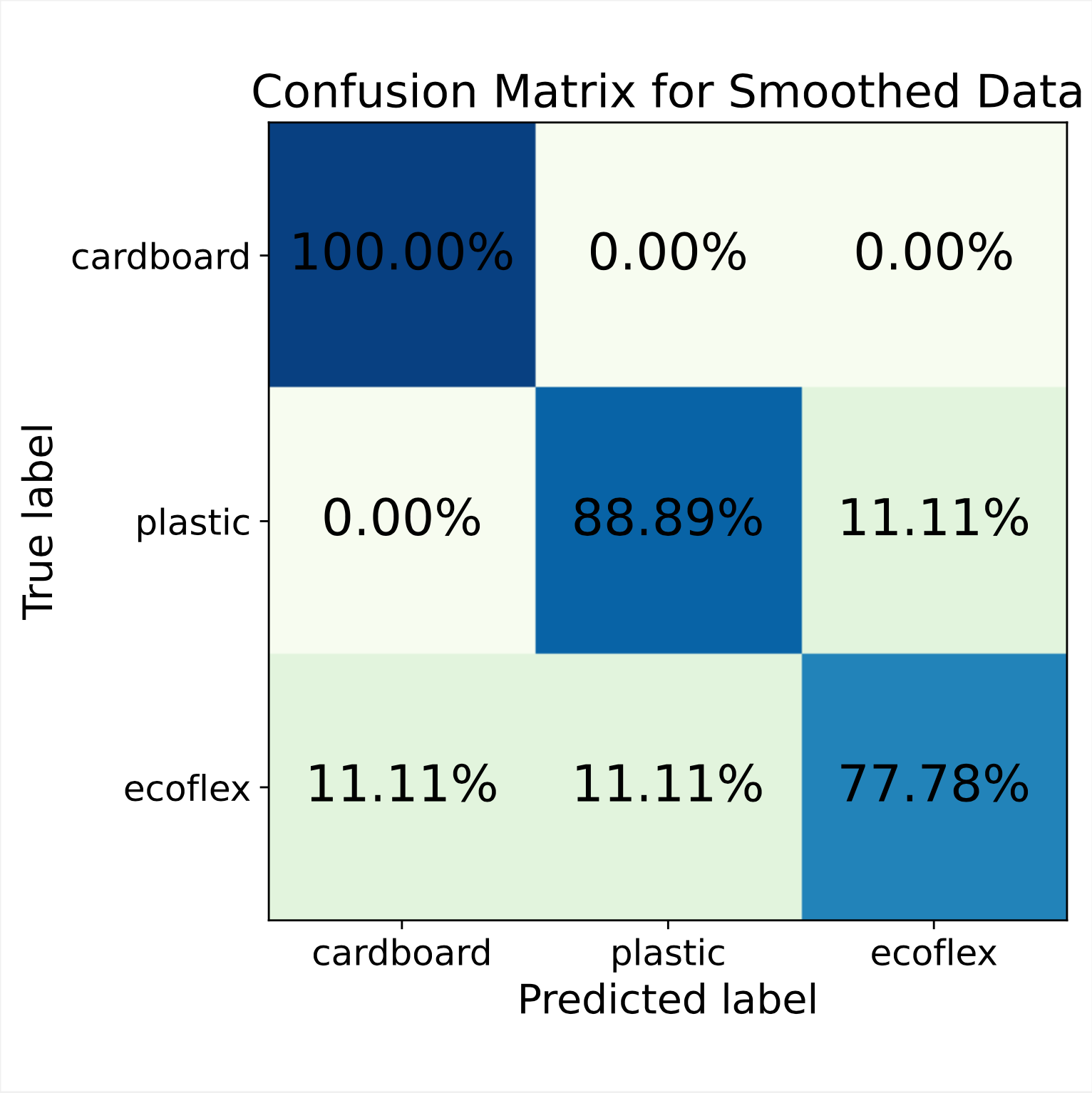ACOUSTIC SENSING for CATHETER Ablation RESEARCH
TIMELINE :
May - August 2024
PROFESSORS:
Dr. Audrey Sedal + Dr. Amir Hooshiar
PhD STUDENT GUIDANCE FROM:
Wilfred Mason + Amir Sayadi
A Summer-long collaborative research project between McGill’s MACRObotics (Materials, Actuation and Control for RObotics) Lab and the SuPER (Surgical Performance Enhancement and Robotics) Centre at the Montréal General Hospital. This project was funded by McGill’s SURE program and won an award in the General and Interdisciplinary category during the SURE 2024 Project Expo.
RESULTS
Proximity Sensing
Using the following equation relating speed of sound in air and peak-to-peak time, as well as using a scale factor, distance could be fairly approximated in the tested range, with more unreliable results within close distances due to the transducer’s inherent deadzone.
PROBLEM OVERVIEW
Catheter ablation for atrial arrhythmia is when electrodes at the end of a catheter burn and freeze parts of the heart to create scars which correct heartbeat irregularities.
Due to the inability to reliably distinguish intact and lesioned tissue, as well as the inability to precisely locate the distance between the electrodes and tissue, surgeries may be unsuccessful and require a repeat procedure.
Acoustic sensing may be used to determine object proximity and material, and could be used to advance catheter sensing technology and improve procedure success rates.
PROJECT TAKEAWAYS
Figure modified from A. Sayadi, H. R. Nourani, M. Jolaei, J. Dargahi and A. Hooshiar, "Force Estimation on Steerable Catheters through Learning-from-Simulation with ex-vivo Validation," 2021 International Symposium on Medical Robotics (ISMR), Atlanta, GA, USA, 2021, pp. 1-6, doi: 10.1109/ISMR48346.2021.9661549.
This project pushed me outside of my comfort zone, as I had never participated in the beginning stages of a large-scale research project before. This taught me a lot about experimentation setup, designing for testing purposes, and data analysis. This project also gave me direct hands-on experience with two fields - soft robotics and biomedical engineering. If given more time, I would have wanted to repeat proximity sensing tests with piezoelectric transducers of different sizes and resonant frequencies, and I would have wanted to repeat material classification tests using materials that more closely mimic cardiac muscle.
ACOUSTIC SENSING
Acoustic waves can be emitted and received towards an object by an ultrasonic piezoelectric transducer, with the resulting signal displaying a send pulse and reflection pulse.
The object’s distance may be related to the speed of sound and the time between the send pulse’s peak and the reflection pulse’s peak, or the peak-to-peak time. The object’s material may be classified using the reflection pulse’s shape and amplitude.
For this project’s testing, the distance range tested was 10-40 cm with 1 cm intervals. The materials tested were cardboard, ecoflex 00-50, and plastic, for their wide range in material properties.
Material Classification
After material tests across the three materials were conducted, the reflection pulse’s peak time was found for each test. Indexing 250 ms before and after the reflection peak time, the data was then split into training and testing groups. The training group’s data was put through a classifier with principal component analysis. Next, the testing group’s data was used to test the classifier’s accuracy and plotted in a confusion matrix.






